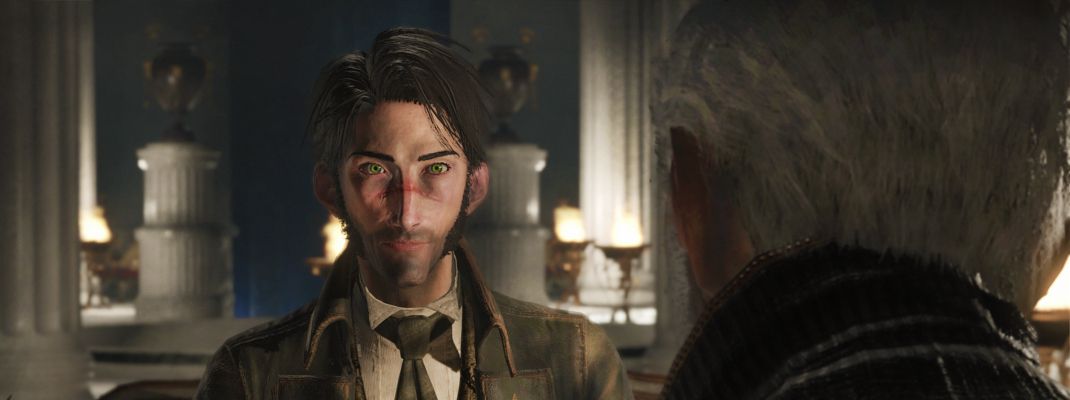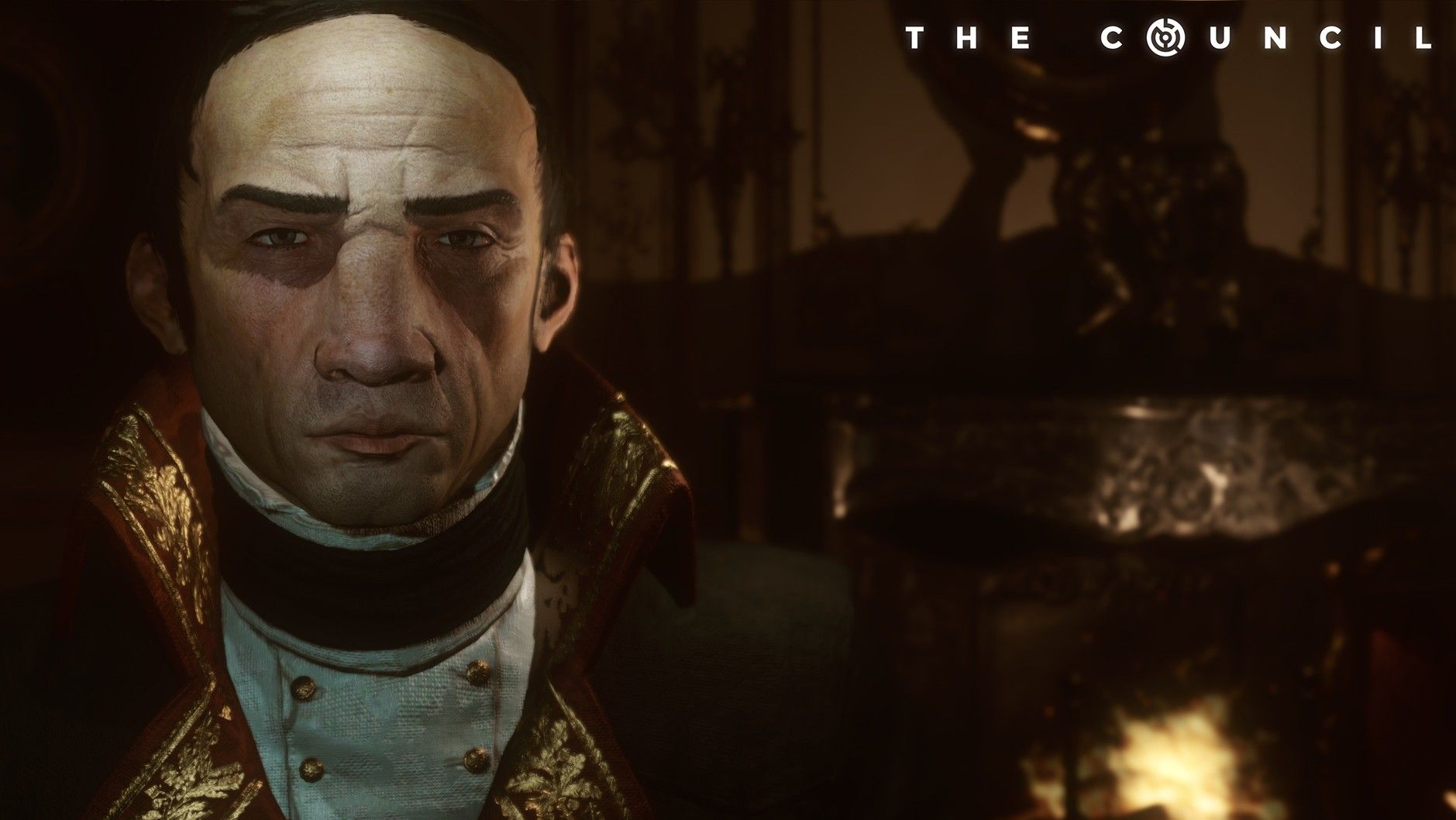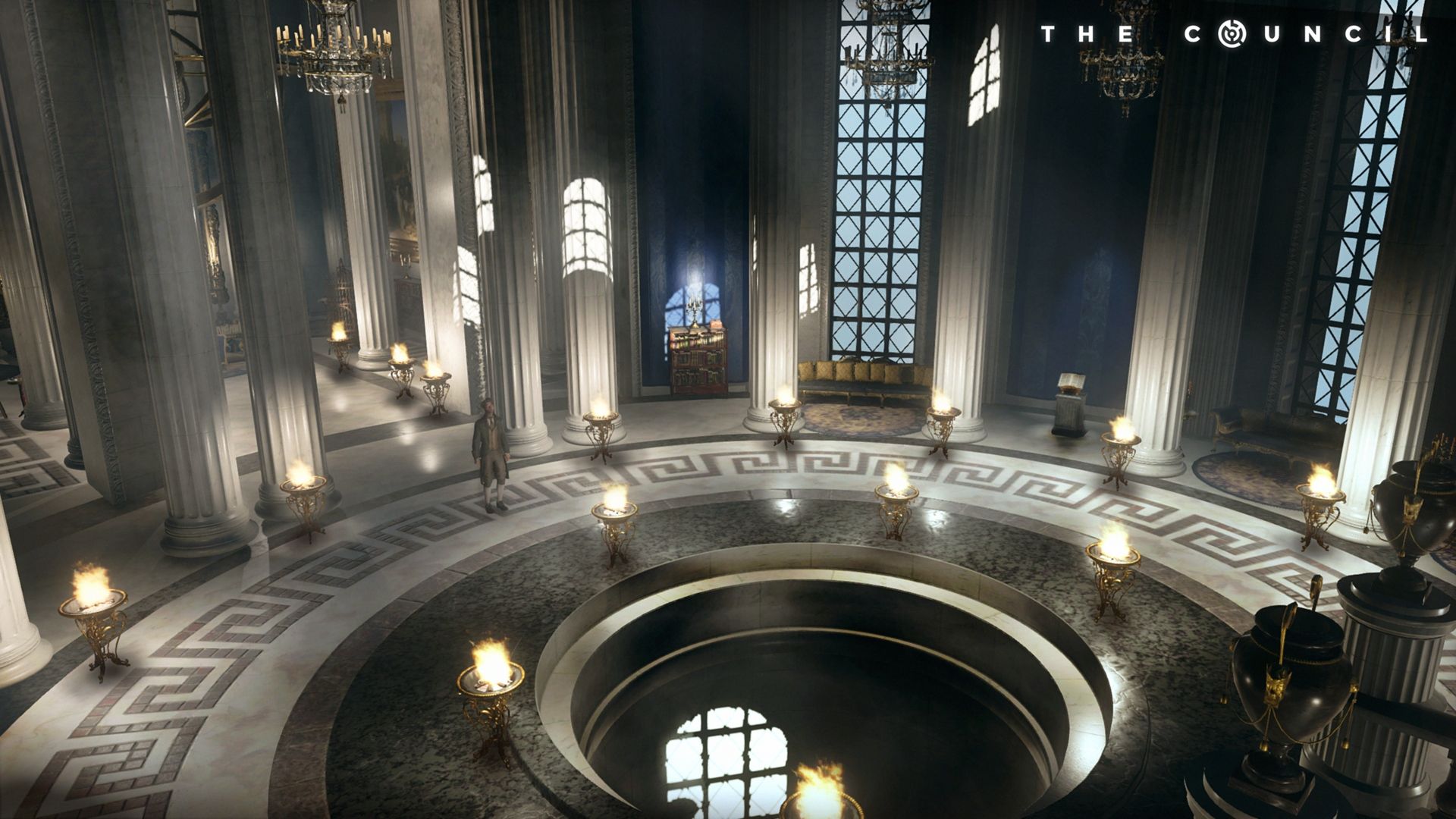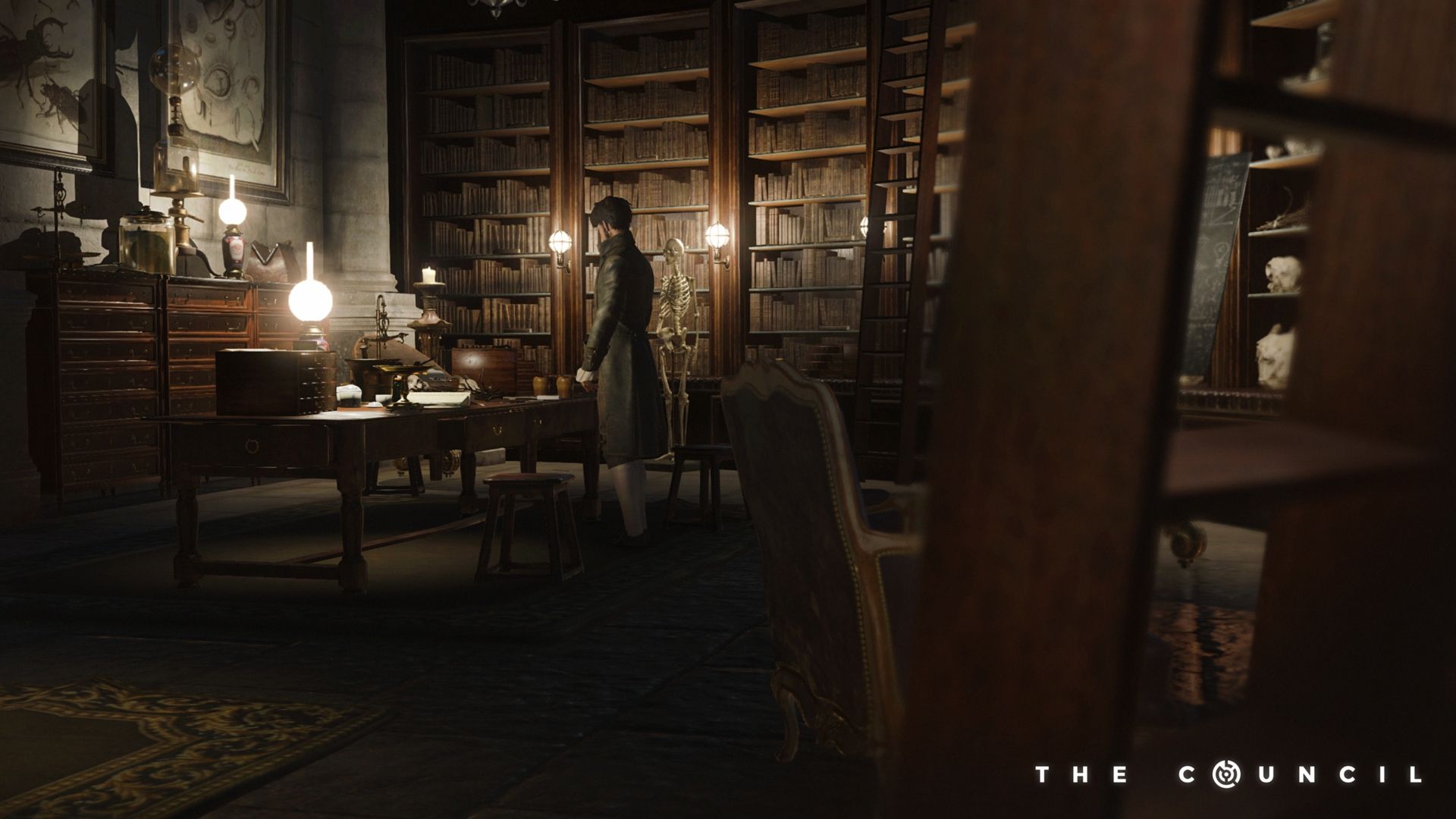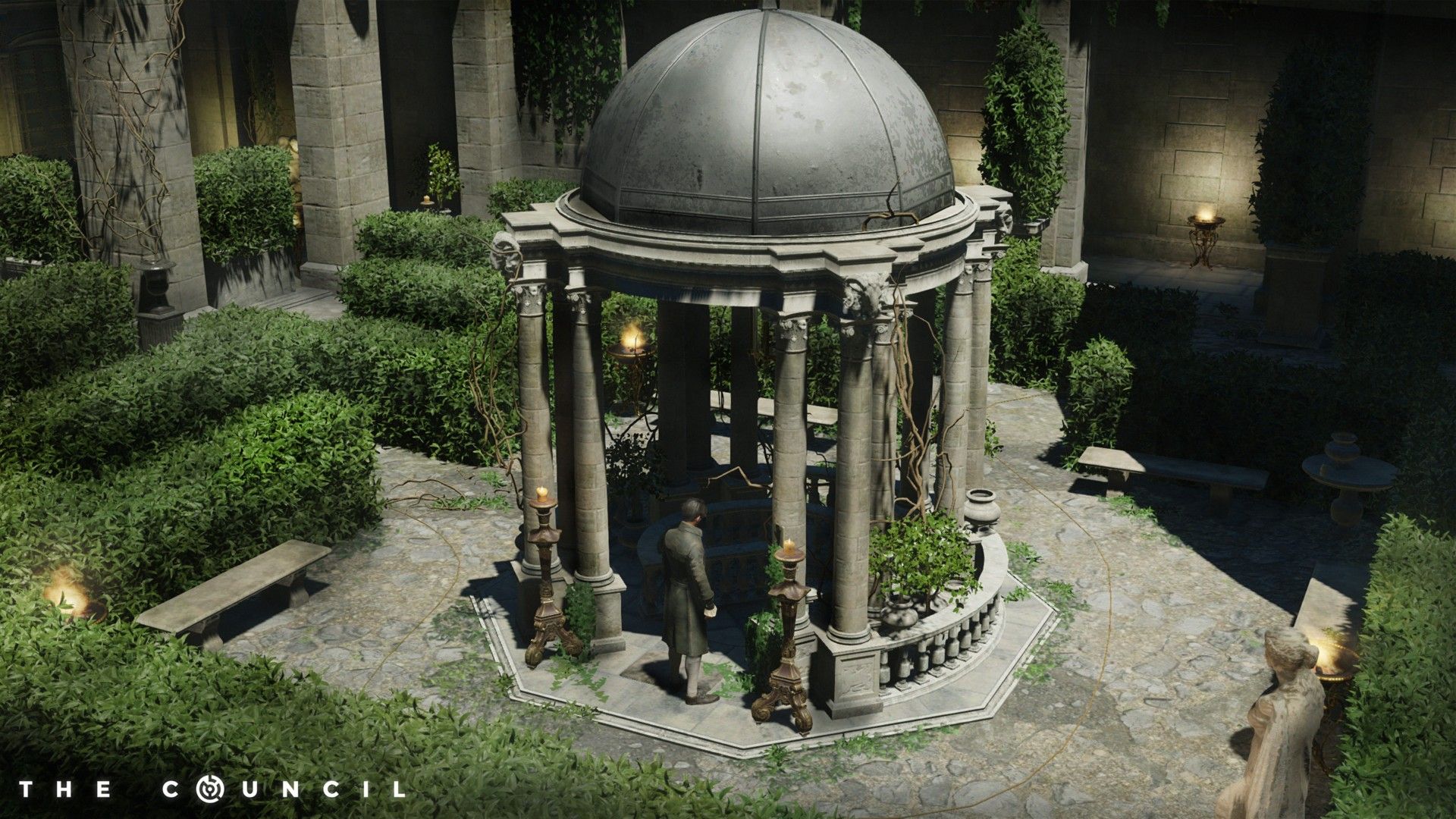Developer Big Bad Wolf surpassed most people’s expectations when it debuted The Council back in March with Episode 1: The Mad Ones. The French studio wasted little time to introduce players to The Council’s interesting concept, complex characters and a compelling universe with many questions to be answered. Furthermore, The Council’s arrival was a statement of intent in episodic gaming and The Mad Ones established itself as one of the strongest openers to date. Big Bad’s message for The Council has been loud and clear: the studio can -- and will -- emulate episodes of the same high caliber as a veteran developer like Telltale Games. But episodic titles, as Telltale’s proven time and time again, are only as successful and memorable as the sum of its parts. Episode 2: Hide and Seek continues to build on Big Bad’s foundation in The Mad Ones, reiterating why the studio has struck a winning formula with its RPG mechanics and is not riding on beginner’s luck with episodic gaming.
Hide and Seek picks up straight after the events from The Mad Ones, with Louis de Richet in his first face-to-face exchange with Lord William Mortimer. After creating an enigma-like status for Lord Mortimer in the first episode, Big Bad continues that theme throughout Hide and Seek. His demeanor leaves a lasting impression on players, considering the small amount of on-screen time he had in the episode. Hide and Seek, depending on a player’s ending in The Mad Ones, can initially drift off into a subplot that allows players to investigate Lord Mortimer’s manor and interact with different characters. Despite any early indications that the episode might be pure filler, Hide and Seek effectively retains its main story arc and Sarah Faustine de Richet’s disappearance becomes central for players to uncover. Big Bad feeds tidbits of enticing information about Sarah and Lord Mortimer’s relationship, grounding Hide and Seek’s position to progress The Council’s overall narrative while simultaneously intertwining different plot points together. While each character’s agenda is still unclear -- maintaining The Council’s mystique throughout -- players will slowly peel back more information behind each person and begin to piece together their real motives.
Hide and Seek is a relatively shorter experience than The Mad Ones. Compared with the opener’s five acts, which included a prologue, Hide and Seek consists of only three acts. Despite the fewer acts, though, Hide and Seek sufficiently capitalizes on its playthrough time by giving players more of an opportunity to interact with characters that received less on-screen time in The Mad Ones. It benefits the universe that Big Bad created for The Council, offering time to flesh out each character while more prominent ones from the first episode drop to a supporting role. The island also plays host to a new character in the form of the Secretary of State and head of the Spanish Government, Manuel Godoy. Godoy’s introduction is one of the first instances where the historical backdrop for The Council thrives and plays a central part in the narrative. From the envoys, military men and politicians assembled in one place on the island, it’s riveting to watch an important historical event occur and how the implications affect each character’s relationship with one another.
Big Bad has taken its own approach with handling episodic gaming and putting its own distinct style on it, but Hide and Seek is an example where it might have strayed too far away from the tried and tested formula. For example, Hide and Seek opens without a recap of the events from The Mad Ones, though Big Bad does sort of hint towards it with each character talking about their agendas. It was a missed opportunity to refresh The Council’s story for players, especially when there’s been a two-month release period between The Mad Ones and Hide and Seek. It’s an issue that bleeds into the ending of Hide and Seek, as it sets up an intriguing cliffhanger without any teaser for the next episode. It abruptly ends, leaving players to yearn for some teaser, however small it might be, to build up the anticipation for The Council’s third episode.
Big Bad’s use and positioning of camera angles is also questionable in Hide and Seek. Over the course of the episode, there will be a strange over the shoulder shot used in conversations between Louis and other characters. It breaks away from that seamless real-time experience that occurred in the first episode when interacting with characters. Conversations can often feel wooden and awkward due to the actors reading their lines while little emotion is projected through their characters’ actions. It’s a big shift from the opener -- and immediately noticeable, too -- proving to be more of a negative change than a positive one. That’s not to mention the minor loading times between conversations and other interactions, too, ultimately detracting from the experience and raising questions about The Council maintaining the consistency expected in episodic gaming.
Playing through The Mad Ones more than once demonstrated the impact of picking a certain choice or taking a different path. Hide and Seek is a testament to that fact, showing that The Council embodies episodic gaming to the core. It’s never about an illusion of choice or deception, but rather it’s all about pragmatic thinking when it comes to selecting the best option. Hide and Seek expands on the experience by making new areas of the manor available to explore, not to mention the ability to revisit areas from the previous episode and use upgraded skills or new items to unlock rewards. Challenges and puzzles introduced in this episode are familiar to those featured in The Mad Ones. From a biblical riddle to solving the mystery behind a series of statues, they can be both challenging and difficult enough to stump the most seasoned players. Anyone that’s a fan of the classic puzzles in Shinji Mikami’s Resident Evil will feel right at home. But without the decision to include a proper hint feature, players might find that their frustration builds up to the point of giving up on the episode altogether.
The Council’s RPG mechanics remain as effective as ever and only reinforces the fact that it’s one of the best aspects introduced to any episodic title in recent years. Characters’ immunities and vulnerabilities continue to take a central role when it comes to unlocking the best outcome for players in different conversations. Considering how many unique characters players will come into contact with over The Council, there will be several instances in Hide and Seek when they need to refer back to the menu screen to remember a character’s vulnerabilities or immunities. Even after the end of Hide and Seek, players will be nowhere near close to having each character fully profiled. Players need to take advantage of the opportunity they have to identify an immunity or vulnerability as early as possible in Hide and Seek, allowing them to achieve -- and maximize -- the best outcome for conversations going into the final three episodes.
Confrontations have been somewhat reduced in Hide and Seek, which is a real shame for anyone that enjoyed the verbal showdowns in The Mad Ones. It might be that Big Bad is looking to tone down the gimmick factor behind it, but it’s sorely missed in Hide and Seek on more than one occasion and could have added that extra depth to a single playthrough. With that said, however, The Council is a rare exception of an episodic title that requires multiple playthroughs to discover what’s really been missed or overlooked. Depending on the choices made in The Mad Ones, players might experience a Confrontation in the early stages, be put on a certain mission on behalf of Lord Mortimer or miss an entire chunk of the opening act. Big Bad maintains that feature in Hide and Seek by allowing players to choose different paths, which will no doubt alter the course of the third episode and the story as a whole.
One reoccurring issue throughout The Council has been maintaining a consistent frame rate, holding back the title from reaching its true potential. It was an initial criticism directed towards The Mad Ones (among many other issues), but frame rate has actually become worse in Hide and Seek. Louis’ running animation will lag and stutter, different bugs will make it difficult to seamlessly break away from interactions and there was more than one instance where characters could glitch into the environment. It’s not only frustrating for the fact that it hinders the appreciation for Big Bad’s work on Hide and Seek’s visuals, but it also detracts from the actual experience. For an episode that rivaled The Mad Ones in many areas, Hide and Seek dramatically falls short of its predecessor simply on the frame rate issue alone.
Closing Comments:
Hide and Seek is a frustrating experience through and through, mainly for the potential that is wasted due to technical issues and other minor problems. Big Bad showed promise in delivering an episode that could have matched or outdone its opener on many fronts, though it does deserve credit for progressing the story steadily and answering some questions while raising others. When it boils down to it, though, Hide and Seek doesn’t live up to its full potential. Big Bad chose some of the best features of episodic gaming and successfully embedded those into the heart of The Mad Ones, but then it ultimately falls back on itself with Hide and Seek, whether it’s through the lack of teasing the next episode or even giving some form of recap for the story. It’s not all bad for Hide and Seek, though, as it truly puts on an exciting, engrossing experience that The Mad Ones did before it. But for The Council to put itself back on course, it needs -- and must -- hammer out the technical issues holding back this unique episodic gaming title from flourishing.

